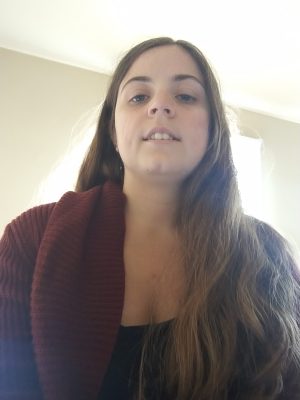Grade: 1st
Subject: Social Studies
Standards:
A. Civics, Government, and Human Rights
• How do citizens, civic ideals, and government institutions interact to balance the needs of individuals and the common good.
• How have economic, political, and cultural decisions promoted or prevented the growth of personal freedom, individual responsibility, equality, and respect for human dignity.
B. Geography, People, and the Environment
• How do physical geography, human geography, and the human environment interact to influence or determine the development of cultures, societies, and nations?
D. History, Culture, and Perspectives
• How do our interpretations of past events inform our understanding of cause and effect, and continuity and change, and how do they influence our beliefs and decisions about current public policy issues?
• How can the study of multiple perspectives, beliefs systems, and cultures provide a context for understanding and challenging public actions and decisions in a diverse and independent world.
Objective:
The learner will reflect on a time they had to tell the truth even when it was hard.
Procedure:
1. Anticipatory Set: Tell the students that today we are going to be talking about being honest. Ask the students what it means be honest.
2. Call on a student to see if he or she can tell me the definition of honesty. The answer I am looking for is that it means to tell the truth. If the student gives an answer that is close, but not quite what I am looking for, tell the student so. Call on another student to see if they can add to the previous student’s answer.
3. Ask students why it is important to tell the truth. Let a couple of students answer the question.
4. Process: Have students tell stories about a time in which they had to be honest and tell the truth even when it was hard.
5. Ask students if telling the truth makes them a good citizen. Ask why.
6. Guided Practice: Explain to the students that I am about to play two truths and a lie with them. Explain to them that I am going to put up three statements on each slide, and they must figure out which two statements are true about me and which one is a lie.
7. Play the game to have students figure out which statements are true about me, and which one is a lie.
8. Ask students if they would rather me tell the truth about myself or lie. Ask them why.
9. Explain that if I lied about myself, the students would not know who I really am, which would confuse them, and they would have a hard time believing anything I said.
10. Put on video recording of the story The Wolf Who Cried Boy by Bob Hartman.
11. Ask the class if the wolf told the truth. Call on a student to tell you the answer. Then, ask the class what happened when the wolf did not tell the truth. The answer I am looking for is, “His parents did not believe him when he told the truth”. Then, ask what would happen if the wolf told the truth.
12. Independent Practice/Check for Understanding: Students will write down two truths and a lie about themselves.
13. Students will read their two truths and a lie to the class. The class must figure out which of the statements is true and which one is a lie.
14. Closure: Ask the students how they can practice being honest and being good citizens at school and at home. Allow a few students to answer this question.
Materials:
• Two Truths and a Lie PowerPoint
• The Wolf Who Cried Boy Video
• “Two Truths and a Lie” Handout
Differentiation: Students will have the terms truth and lie defined with examples on the top of the handout in case they have trouble figuring out two truths and a lie for themselves.
Assessments:
• Two Truths and a Lie Guided Practice
• Questioning During The Wolf Who Cried Boy Story
• Two Truths and a Lie Independent Practice Game
